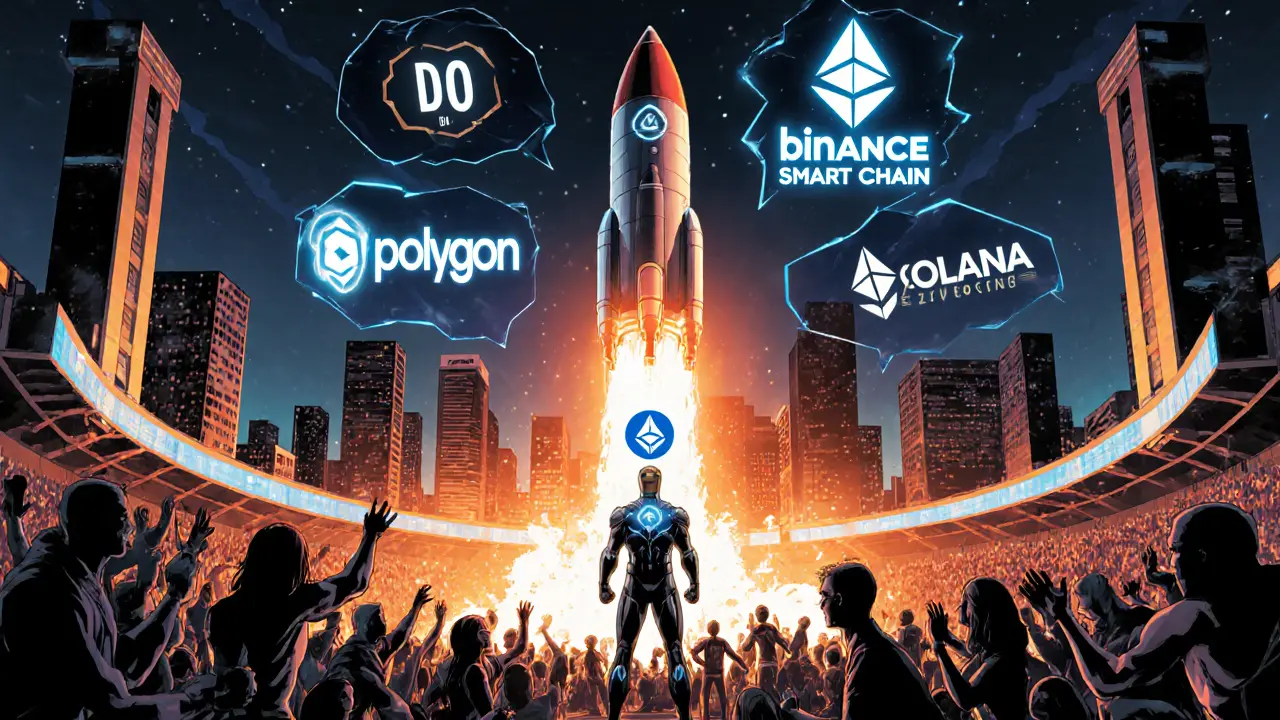GameZone (GZONE) IDO Launch & Airdrop Details: Claim Guide, Tokenomics, and Rewards
A detailed guide to GameZone's IDO launch, GZONE tokenomics, airdrop eligibility, staking rewards, and how to claim your benefits in 2025.
When working with tokenomics, the study of how a crypto token’s supply, distribution, and utility create economic incentives. Also known as crypto token economics, it blends finance, game theory, and tech design to steer user behavior and project growth. Tokenomics isn’t just a buzzword; it dictates how a token attracts investors, fuels network activity, and survives market cycles.
One of the most visible levers in tokenomics is the airdrop, a free distribution of tokens to a target audience. Airdrops can boost initial adoption, broaden the holder base, and create early liquidity, but they also risk inflating supply and triggering short‑term sell pressure. Another critical component is liquid staking, a method allowing stakers to earn rewards while keeping their assets tradable. Liquid staking adds flexibility and attracts capital that would otherwise stay locked, thereby enhancing the token’s utility and market depth. Finally, the rise of governance token, a token that grants voting rights on protocol decisions ties tokenomics to community control, aligning incentives between developers and holders and often influencing token price through perceived decentralization.
Tokenomics encompasses several interlocking attributes. Supply mechanics—like total cap, inflation rate, and burn schedules—define scarcity, a core driver of value. Distribution models, whether via private sales, public offerings, or airdrops, shape who holds the token and how power is spread across the ecosystem. Utility functions—such as transaction fees, staking rewards, or access to services—create ongoing demand. Incentive structures, including liquidity mining or yield farming, encourage participation but must be balanced to avoid unsustainable reward cliffs.
Projects often adjust these attributes in response to market feedback. For example, a new liquid staking solution may lower the effective staking lock‑up period, attracting users who crave flexibility, while a well‑timed airdrop can reignite interest after a price dip. Governance tokens add a feedback loop: token holders vote on changes to supply or utility, directly influencing future tokenomics. This dynamic creates a living economic model where policy, community sentiment, and technical upgrades continuously interact.
Below you’ll find a curated set of articles that break down these concepts in real‑world contexts—from meme coin risk assessments and FBAR compliance to deep dives on specific token launches, staking strategies, and regulatory impacts. Each piece offers practical insights you can apply when evaluating a token’s economic blueprint or when designing your own project’s token model. Explore the collection to see how tokenomics plays out across a variety of use‑cases and market conditions.

A detailed guide to GameZone's IDO launch, GZONE tokenomics, airdrop eligibility, staking rewards, and how to claim your benefits in 2025.